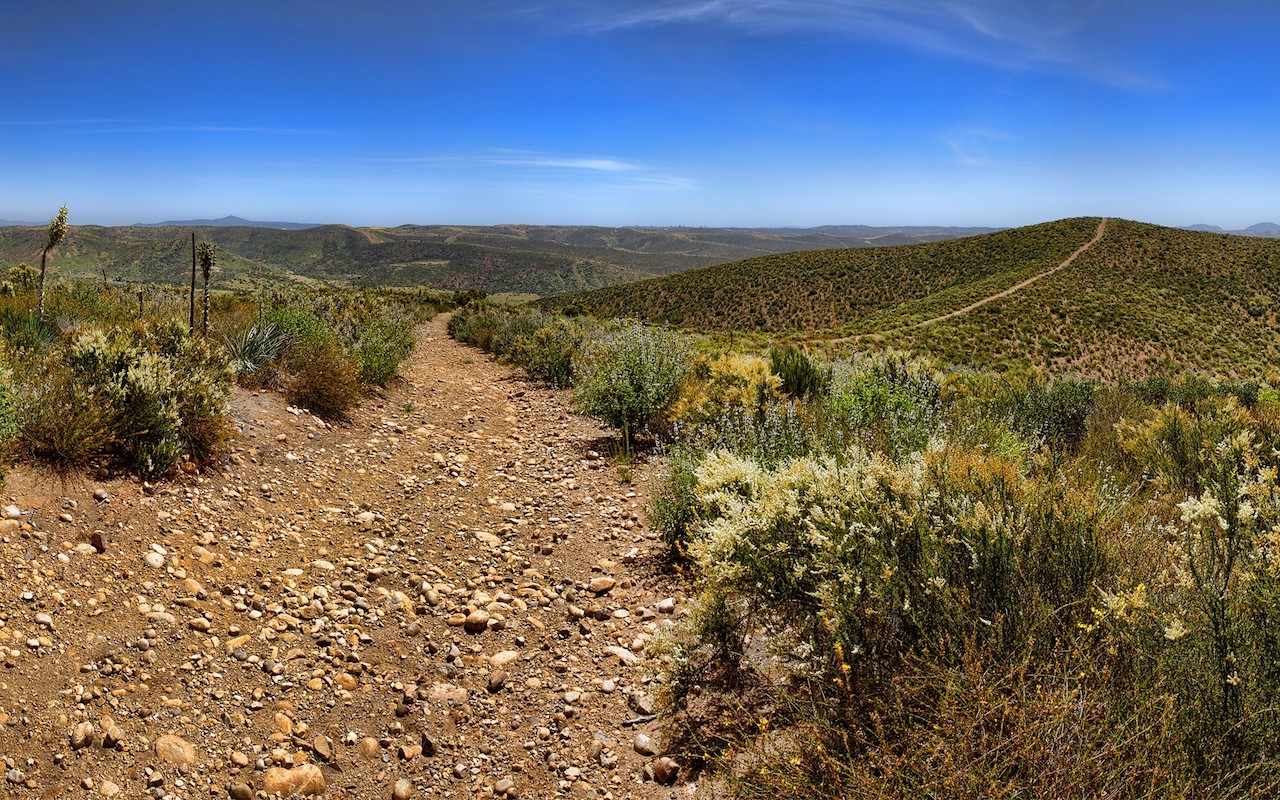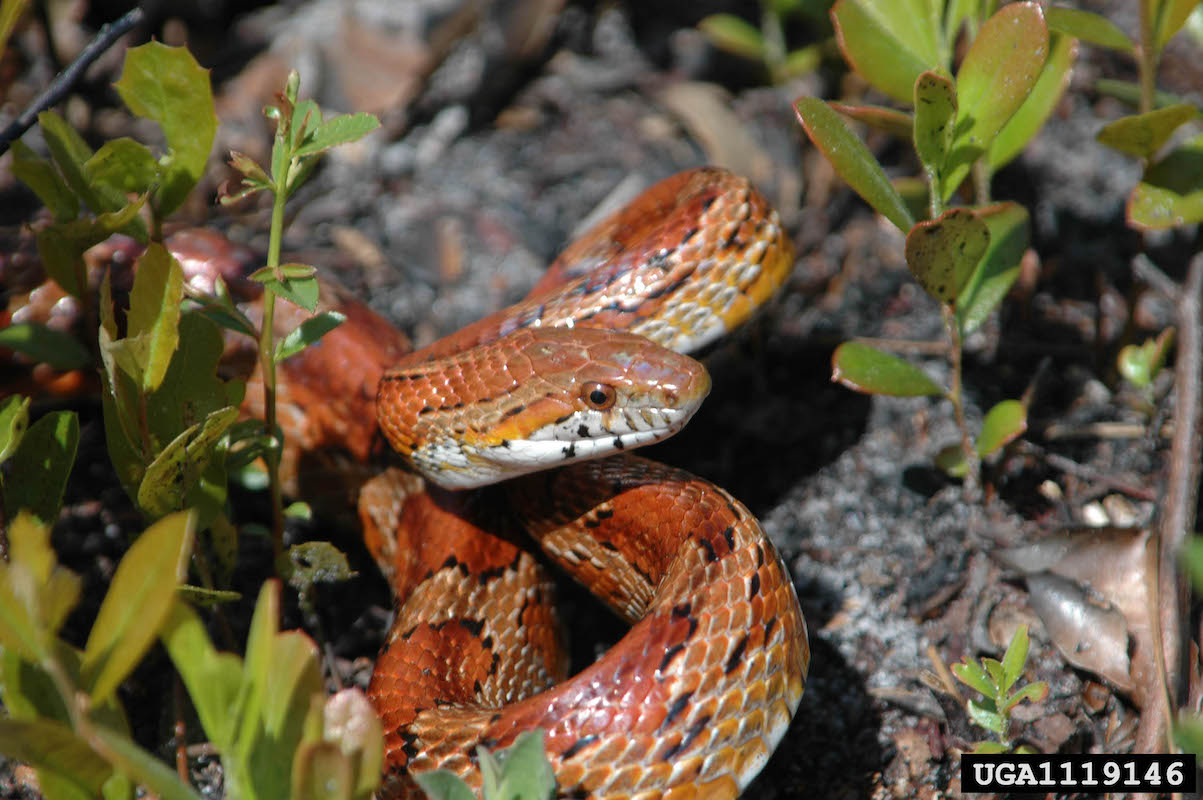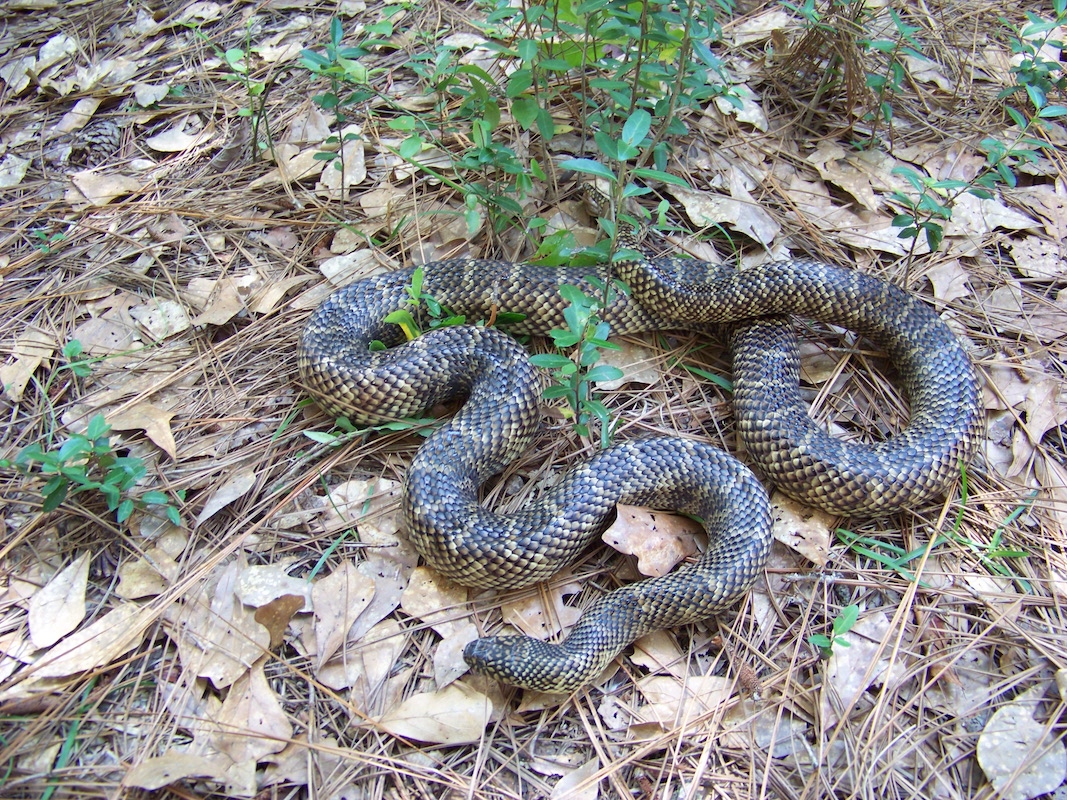Lampropeltis californiae

SERPENTE REALE CALIFORNIANO
Serpente comune e molto conosciuto dagli americani. Specie apprezzata anche dagli allevatori di tutto il mondo, che in qualche decennio, tramite incroci mirati, hanno creato variazioni cromatiche spesso molto sgargianti. In natura è facilmente rinvenibile in ambienti di confine tra zone desertiche e campi coltivati, ma anche in giardini all’interno delle città. Si nutre con frequenza di altri rettili, come lucertole e serpenti, inclusi i serpenti a sonagli, al cui veleno è immune. Non disdegna piccoli roditori e nidiacei. Uccide le prede per costrizione, come la maggior parte dei colubridi. Esiste una popolazione aliena di questa specie sull’isola di Gran Canaria, nata da rilasci da parte di privati, che sta creando problemi alle lucertole endemiche dell’isola, che sono tra l’altro molto importanti perché hanno un ruolo cardine nella dispersione dei semi di molte piante.
CALIFORNIA KINGSNAKE
Very common snake in the dry west U.S. areas. It lives in a wide variety of habitats, including woodland chaparral, grassland, deserts, marshes, and even suburban areas. California kingsnakes are opportunistic feeders, and common food items include other reptiles, like lizards and snakes, also venomous rattlesnakes. California kingsnakes are naturally resistant to the venom of rattlesnakes but are not totally immune. They generally kill their prey through suffocation. There is an indigenous population on the Gran Canaria island, originally brought to the island as pets, that is having a huge impact on the canarian endemic lizards.
Ambiente - Environment

Lampropeltis alterna

SERPENTE REALE A BANDE GRIGIE
Piccolo serpente facente parte del gruppo dei “serpenti reali”. In natura lo si trova in zone rocciose, molto asciutte e calde, del sud degli Stati Uniti, dove è attivo di notte. È una specie che si avvista molto di rado, visto che, sebbene sia comune, si tratta di una specie con abitudini molto elusive. Caccia soprattutto piccoli rettili, lucertole e serpenti, non disdegnando micromammiferi. Uccide le prede per costrizione, come la maggior parte dei colubridi. Si tratta di una specie con disegni e colori molto variabili: nel nostro terrario sono mostrate la forma “blairi”, con bande rosse su sfondo grigio chiaro, e la forma “dark” dove il grigio è molto più scuro.
GRAY-BANDED KINGSNAKE
Small belonging to the “king snake” group. Can be found in rocky, dry and heat places in the southern american states. In the wild, gray-banded kingsnakes are not often encountered. They are a common species, but nocturnal and quite secretive. Hunt mostly other reptiles, like lizards, geckoes and other snakes, but can easily eat small rodents too. Like other colubrids, it kills the prey by constriction before swallowing.
Ambiente - Environment

Leioheterodon geayi

SERPENTE DAL MUSO AD UNCINO
Serpente endemico del Madagascar, rinvenibile in zone di confine tra foresta e praterie, nei pascoli e anche nei villaggi. Si tratta di un serpente opistoglifo, che possiede quindi denti veleniferi situati nella parte posteriore della bocca. Il veleno ha un effetto blando sull’uomo, tuttavia se ne serve per intorpidire le prede di cui si nutre, soprattutto anfibi e rettili, ma anche piccoli roditori.
La specie è stata inserita nella lista rossa della IUCN, nella categoria “Minor preoccupazione” (LC = Least concern).
SPECKLED HOGNOSE SNAKE
It is an opisthoglyphous (“rear-fanged”) snake, having a pair of enlarged teeth at the rear of each upper jaw. It is mildly venomous and not considered particularly dangerous to humans with reactions to bites ranging from no reaction or only a slight tingling sensation to severe swelling and numbness. It feeds primarily on amphibians, birds, lizards and their eggs but also small mammals and birds. This species is in the IUCN Red List, in the Least Concern status.
Ambiente - Environment

Panterophis guttatus

SERPENTE DEL GRANO
Forse il serpente in assoluto più allevato in cattività. In più di 40 anni gli appassionati hanno creato, tramite incroci, numerosissimi colori, varianti e diversi disegni nel pattern di questa specie. Esistono quindi individui albini, altri con un rosso particolarmente acceso, oppure completamente assente, altri neri, altri ancora con bande al posto di macchie, e addirittura individui dalla quasi totale assenza di squame sul corpo. Questa specie si rinviene in ambienti diversi tra loro, e lo si trova anche in giardini, degli Stati Uniti sud orientali, come in Florida, dove è molto comune. In Inglese viene chiamato “serpente del grano”, probabilmente perché si reca spesso nei pressi dei granai a caccia di piccoli roditori. Non disdegna lucertole, specialmente da giovane, e uccelli. Uccide le prede per costrizione come la maggior parte dei colubridi.
CORN SNAKE
One of the most popular snakes in the pet trade. In the last 40 years of breeding activity, keepers have created many different morphs with diverse colors and patterns: albinoes, high red, pastel, ghost, hypo, even “scaleless” versions of this snake. The Corn snake inhabits a lot of places including gardens and urbanized areas. The distribution range covers firstly Florida and more generally the southern east of North America. The common name derives from the fact that it can be frequently found hunting rodents near or inside granaries. It feeds also on lizard, mostly the youngest ones. The preys are killed by constriction, like the most of the colubrids.
Ambiente - Environment

Lampropeltis floridana

SERPENTE REALE DELLA FLORIDA
Uno dei serpenti reali più grossi e massicci, può raggiungere i 2 metri di lunghezza. Si trova principalmente in Florida, dove si può rinvenire nelle everglades, in zone subtropicali, in praterie erbose e spesso vicino ai campi di canna di zucchero. Si nutre di altri rettili, anche serpenti velenosi come il testa di rame, serpenti a sonagli e mocassini acquatici, lucertole, piccoli mammiferi, rane e uccelli. Le prede più combattive vengono uccise per costrizione.
FLORIDA KINGSNAKE
Heavy bodied kingsnake, unlike the others. It can reach 6 feet in length (2 meters). Swamps, everglades and subtropical areas are its habitat in the wild, and can be often found near sugarcane fields. Feeds on other reptiles, also venomous snakes like copperheads, rattlesnakes and cottonmouths, lizards, mammals, frogs and birds. The more combative prey are killed by constriction.
Ambiente - Environment
